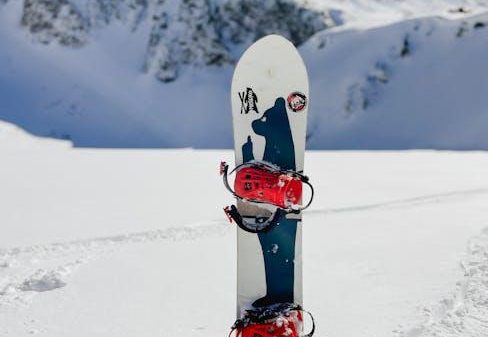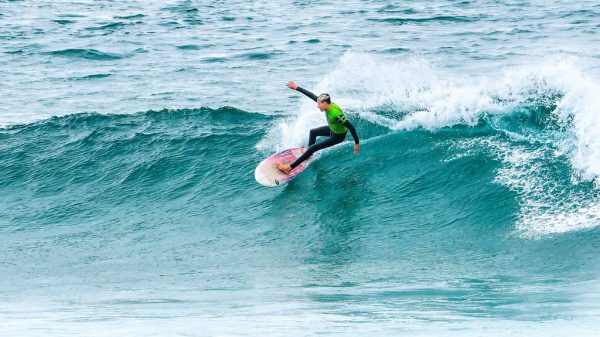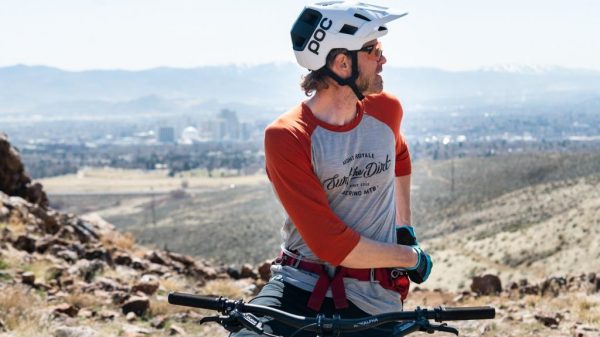In recent years, the rise of social media influencers has profoundly reshaped the landscape of extreme sports, challenging traditional notions of authenticity and redefining how these sports are perceived and consumed by global audiences. As digital platforms become the primary medium for showcasing extreme sports, influencers wield unprecedented power in shaping public perceptions and setting trends. This article delves into the multifaceted impact of social media influencers on the authenticity of extreme sports, examining the delicate balance between commercial interests and the core values of these adrenaline-fueled disciplines. By analyzing the interplay between influencer-driven content and the intrinsic ethos of extreme sports, we aim to uncover the implications for athletes, sponsors, and enthusiasts alike, while questioning whether the spirit of adventure and genuine skill is being overshadowed by the allure of curated personas and viral moments.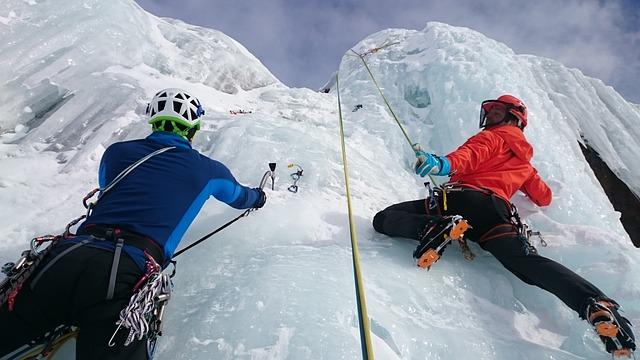
Influencer Culture and the Commercialization of Extreme Sports
The rise of social media influencers has profoundly reshaped the landscape of extreme sports, introducing a dynamic blend of authenticity and commercialization. As influencers document their adrenaline-fueled exploits, their content often blurs the line between genuine passion and strategic brand partnerships. This duality raises questions about the integrity of extreme sports, where the spirit of adventure once thrived independently of commercial interests. Today, followers are left to discern whether a death-defying stunt is a true expression of skill or a meticulously planned marketing ploy.
- Increased Visibility: Social media platforms have granted unprecedented exposure to extreme sports, attracting a global audience.
- Brand Collaborations: Influencers often partner with brands, which can lead to lucrative sponsorship deals but may also prioritize marketability over authenticity.
- Content Creation Pressure: The need for constant content can push influencers to take greater risks, sometimes compromising safety and authenticity.
- Cultural Shift: The traditional values of extreme sports—such as independence and rebellion—are being challenged by the influence of commercial interests.
As this culture evolves, it is crucial for both enthusiasts and spectators to critically evaluate the content they consume, discerning between genuine skill and commercialized spectacle. The challenge lies in preserving the authentic spirit of extreme sports while embracing the opportunities brought about by influencer-driven visibility.

Assessing Authenticity: How Influencers Shape Perceptions of Risk and Skill
In the realm of extreme sports, social media influencers play a pivotal role in shaping public perceptions of both risk and skill. These digital personas often showcase their adrenaline-fueled adventures with a blend of charisma and expertise, captivating audiences who might otherwise never engage with such high-octane activities. By curating content that highlights their prowess, influencers can project an image of authenticity that resonates with followers. However, this portrayal is not without its complications. The selective nature of social media content means that audiences often see only the successful attempts, which can skew perceptions of the inherent risks and skills required. As a result, the line between genuine ability and carefully crafted illusion becomes blurred, leading to potential misconceptions about the reality of extreme sports.
- Risk Perception: Influencers often downplay the dangers involved, focusing on spectacular successes rather than the failures or injuries that may occur.
- Skill Representation: The portrayal of effortless skill can overshadow the years of practice and dedication required, creating unrealistic expectations for aspiring athletes.
- Authenticity vs. Performance: The need to entertain can lead influencers to stage events or enhance their capabilities, thus affecting the perceived authenticity of their skills.
While influencers have the power to inspire and motivate, their influence also necessitates a critical evaluation of how they shape the narrative around extreme sports. By understanding the dynamics of authenticity in this digital age, audiences can better appreciate the genuine talent and risk involved, while remaining aware of the potential for media manipulation.

The Role of Social Media in Redefining Extreme Sports Values
In the ever-evolving landscape of extreme sports, social media has emerged as a pivotal force in reshaping the underlying values and perceptions of authenticity. Influencers on platforms like Instagram and YouTube have become the new gatekeepers, wielding considerable power over how these sports are portrayed and consumed. This shift is characterized by a move from traditional values, such as raw skill and fearless innovation, to a more curated and commercialized image. Influencers, through their widespread reach, have the ability to spotlight niche sports, highlight emerging talents, and even redefine what it means to be an “extreme” athlete. However, this influence comes with its own set of challenges, as the line between genuine passion and performative spectacle becomes increasingly blurred.
- Visibility vs. Authenticity: While influencers amplify the visibility of extreme sports, there’s a growing concern that the essence of these sports is being overshadowed by sensationalism.
- Commercialization: Sponsorships and brand partnerships often drive influencers to prioritize content that garners likes and shares over authenticity.
- Community Impact: As influencers shape narratives, they also impact the community by creating new norms and expectations, which may alienate traditionalists.
Ultimately, the role of social media in extreme sports is a double-edged sword. While it democratizes access and provides a platform for underrepresented sports and athletes, it also challenges the very values that have historically defined these sports. As this digital evolution continues, the community must navigate these complexities to preserve the spirit of authenticity while embracing new opportunities for growth and exposure.
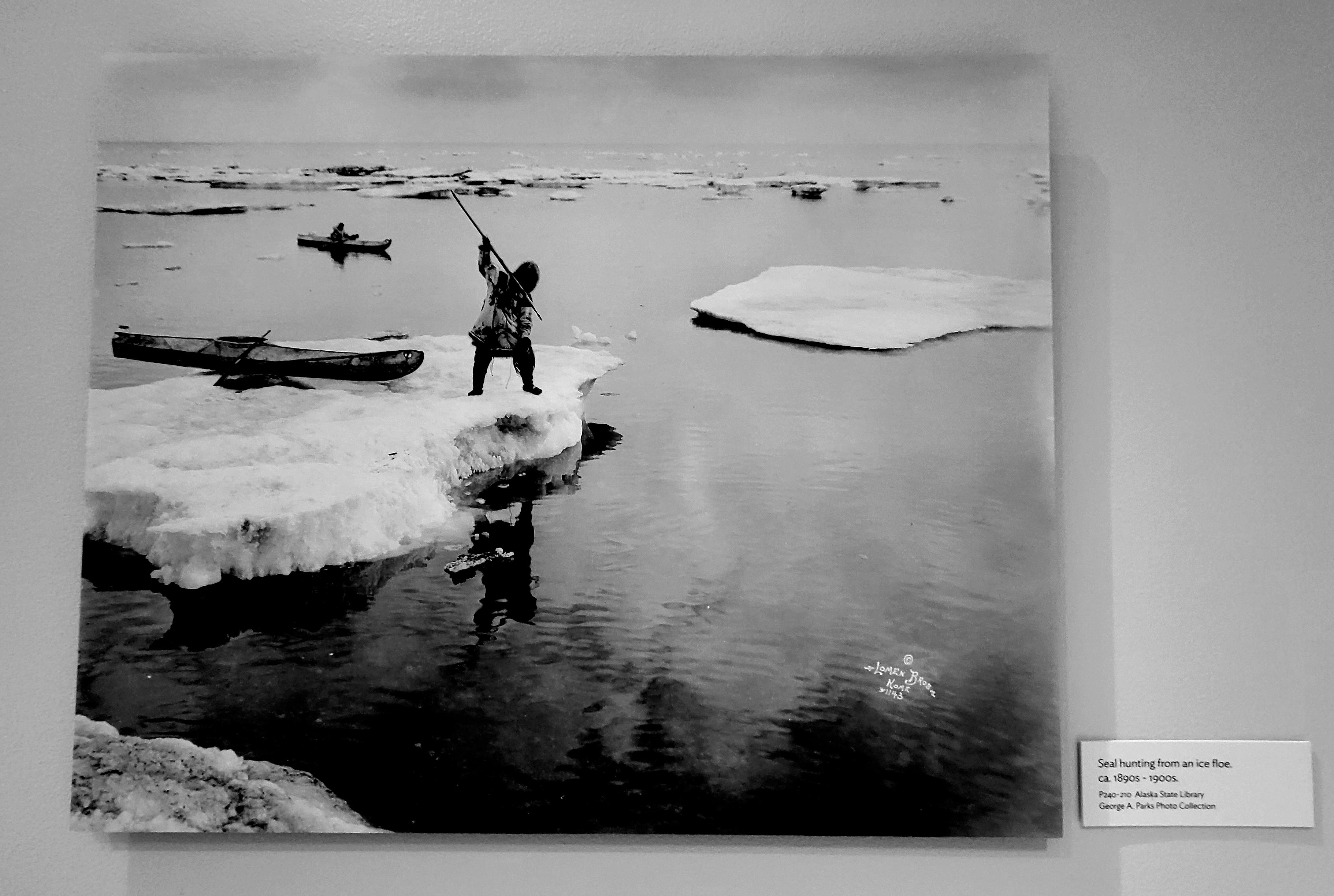
Strategies for Maintaining Authenticity in the Age of Influencer Dominance
To preserve the essence of extreme sports in a world heavily influenced by social media figures, it is crucial to establish a framework that promotes genuine engagement and values the roots of these activities. Athletes and enthusiasts should prioritize collaboration with influencers who have a proven track record of genuine involvement in the sport rather than those driven solely by brand partnerships. This ensures that the spotlight remains on authentic skill and passion.
- Selective Partnerships: Work with influencers who exhibit a deep understanding and respect for the sport.
- Community Engagement: Encourage influencers to participate in grassroots events, fostering a connection with local communities.
- Storytelling over Sponsorship: Promote narratives that focus on personal journeys and the sport’s culture rather than mere product placements.
Furthermore, brands and organizations involved in extreme sports should implement stringent criteria for influencer collaborations. By prioritizing those who genuinely contribute to the sport’s community and culture, the industry can resist the dilution of authenticity. This approach not only preserves the integrity of extreme sports but also enhances the overall experience for participants and audiences alike.







